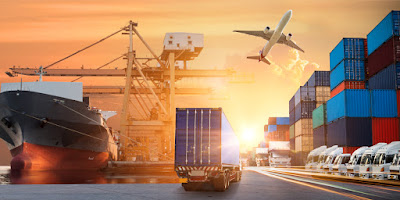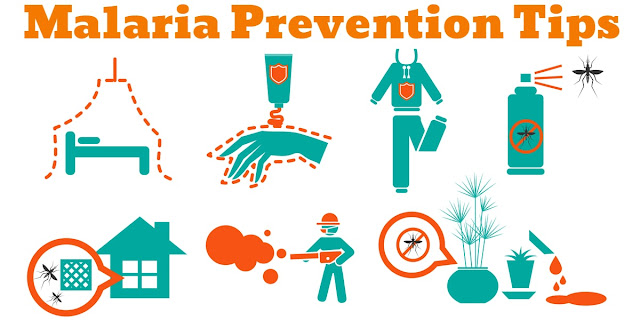Managing the supply of medical oxygen for ships
All
sick seafarers should be assessed on board and appropriately managed by the
officer in charge of medical care, with assistance from Telemedical Assistance
Services. If shore-side medical care is required, the seafarer should be
medically disembarked into a shore-side facility as soon as possible, using
whatever means are available. Port States have a duty to provide such care, as
outlined in the Maritime Labour Convention (MLC) 20061, STCW, and other
international treaties.
The
need for medical oxygen on board a ship to treat a sick seafarer
until disembarkation is well recognized and outlined in a flag State's medicine
chest requirements. The COVID 19 pandemic has brought to light the issue of how
much medical oxygen should be carried on board, as well as the difficulties in
purchasing and supplying oxygen cylinders.
If
an outbreak of COVID 19 occurs onboard, it is noted that 50 percent of the crew
is frequently affected, and up to 20 percent of them may require oxygen if they
are unable to reach medical care ashore for several days. This could imply that
more than one sailor requires oxygen therapy at the same time.
How
much medical oxygen is required?
The
minimum volume of medical oxygen that ships must carry is specified in flag
State medicine chest requirements, and the absolute minimum is two cylinders of
two liters at 200 bar, or 800 liters, as recommended in the International
Medical Guide for Ships, third edition2. Many flag states require ships to
carry more than this, frequently 40 liters at 200 bar3, for a total of 8000
liters. This is also mandated by the International Maritime Dangerous Goods
Code (IMDG)4.
Many
ship owners have expressed a desire to increase the volume of cylinder medical
oxygen carried on board, but this has become increasingly difficult for a
variety of reasons. Among the reasons are, but are not limited to:
•
Inadequate supply of medical oxygen
•
Prioritization of medical oxygen supplies in hospitals and other healthcare
settings
•
The FDA has classified oxygen as an approved substance.
•
Transportation difficulties as a hazardous cargo
Oxygen
Concentrators
Oxygen concentrators can provide up to 10 liters per minute of
oxygen, though most only provide 5 liters per minute. In addition to the
medical oxygen cylinders carried on board, they are successfully used on cruise
ships and by some major US oil companies. When treating acute illness, those
that can deliver 10 liters per minute are the most useful. However, they are
more expensive, and there is currently a long wait time for purchase due to a
surge in demand.
Cleaning
and replacing the air filters as directed by the manufacturer is required for
oxygen concentrators, and the filters' efficacy may be compromised in extreme
temperatures and humidity. However, in 'home use' concentrators such as those
used onboard, have not been seen as a practical issue.
When
the concentrators are used in air-conditioned spaces, such as the ship's
medical center, they are more effective.
The
amount of medical oxygen carried in cylinders, the ship's itinerary, the number
of crew on board, and the crew's ability and willingness to perform the
necessary checks and maintenance in accordance with the manufacturer's
requirements should all be considered when purchasing a concentrator.
For more info ANP Pharma




Comments
Post a Comment